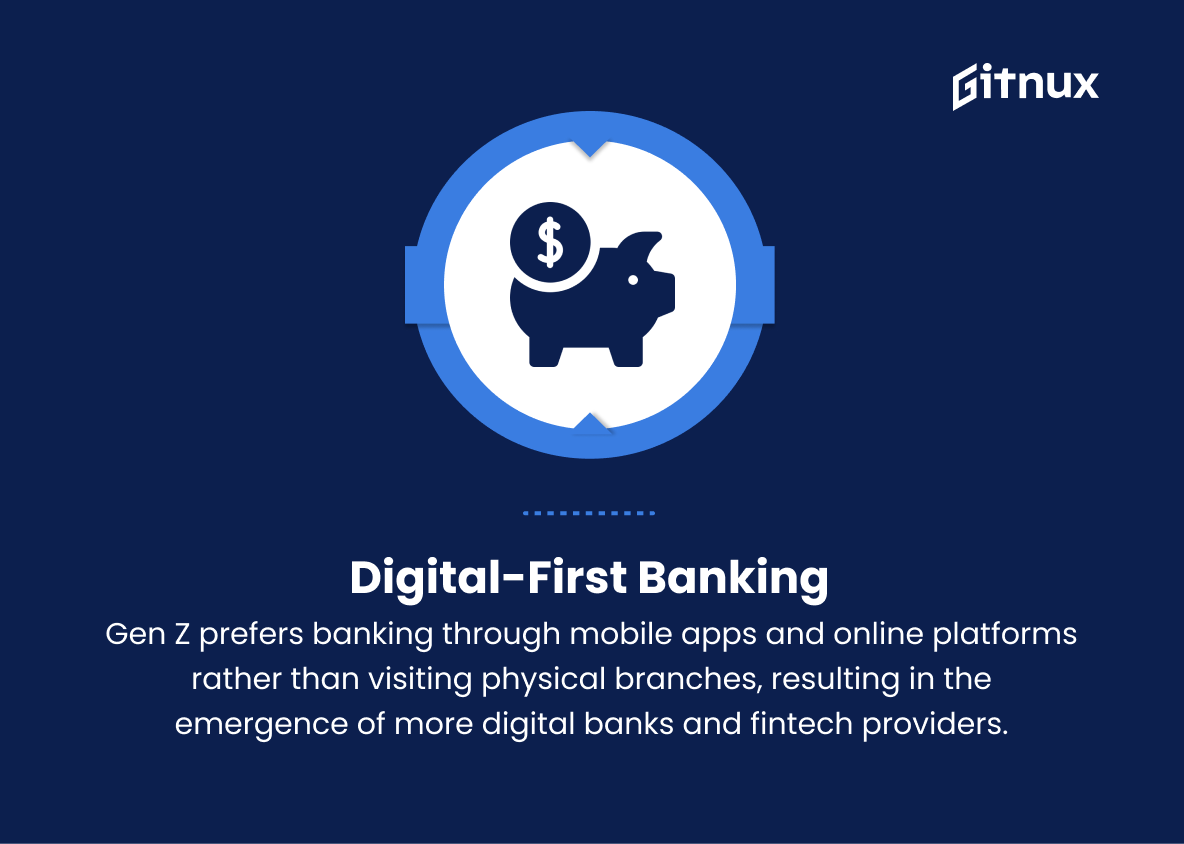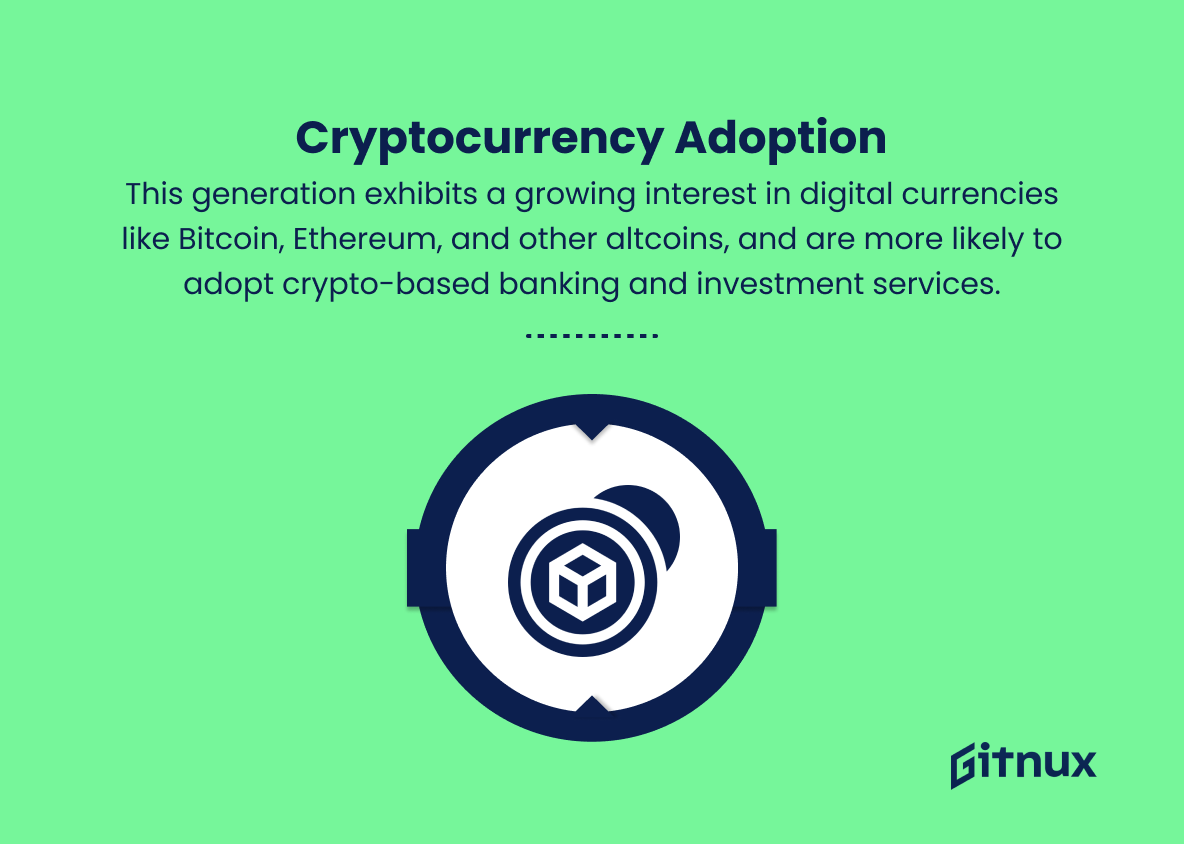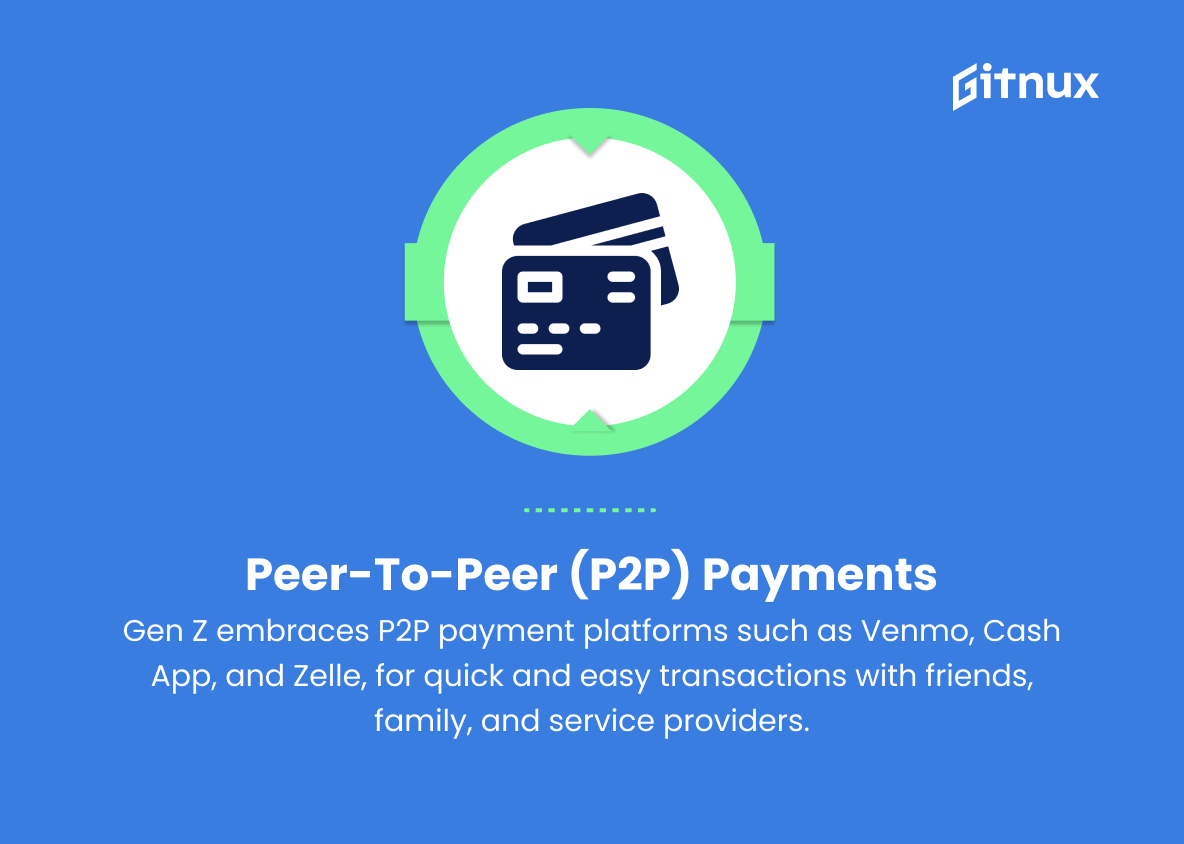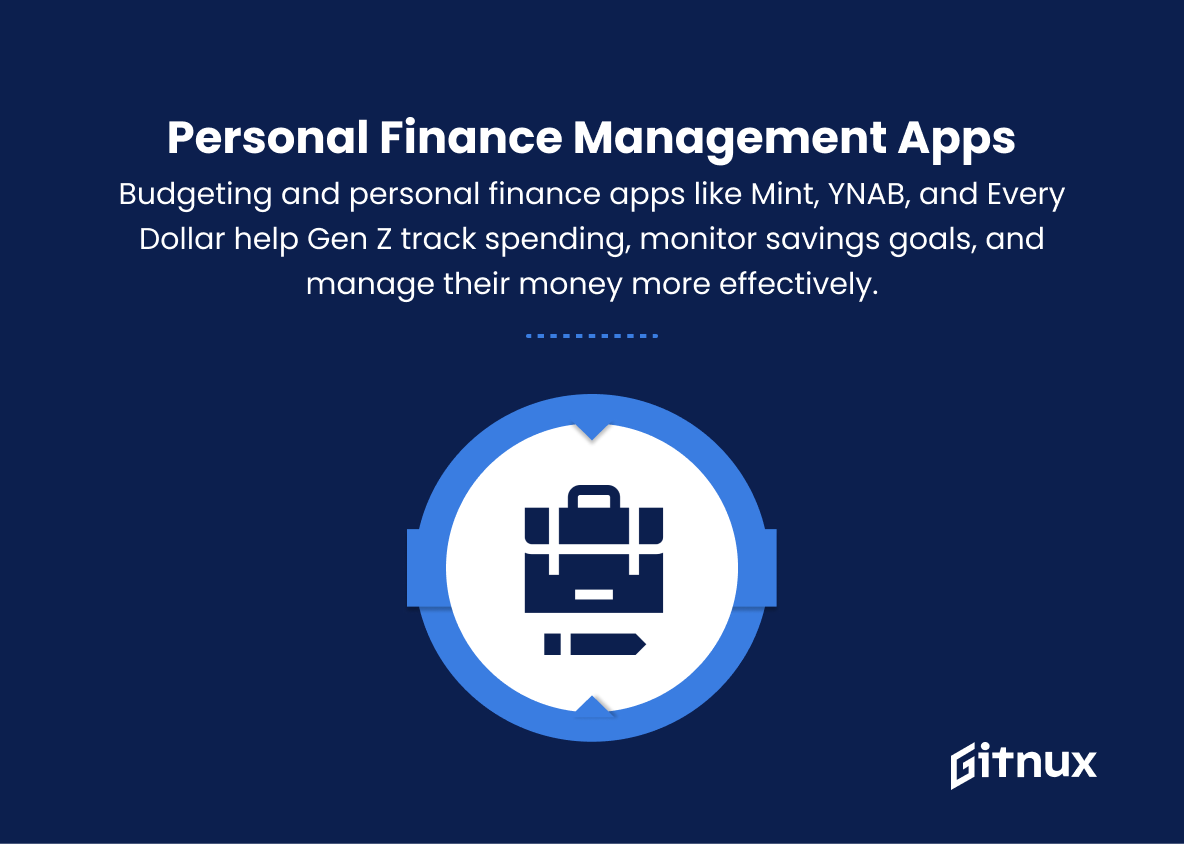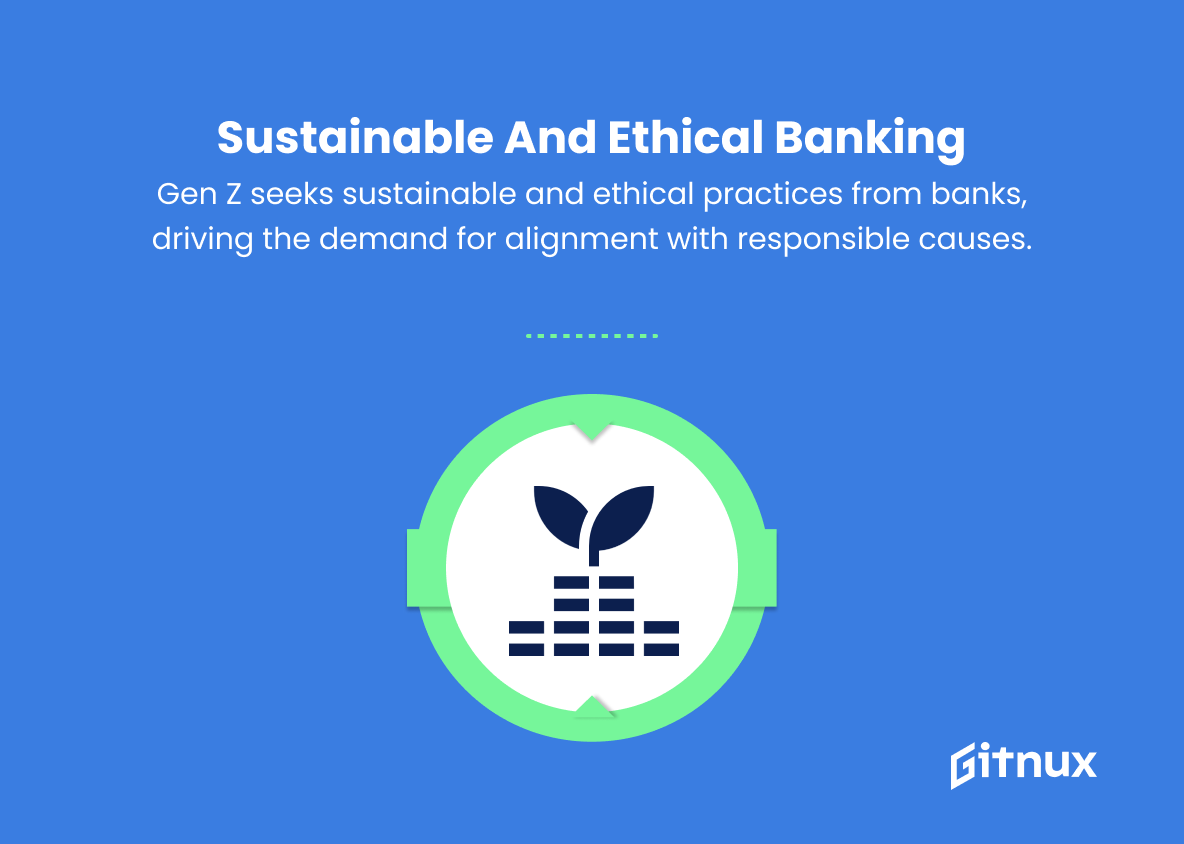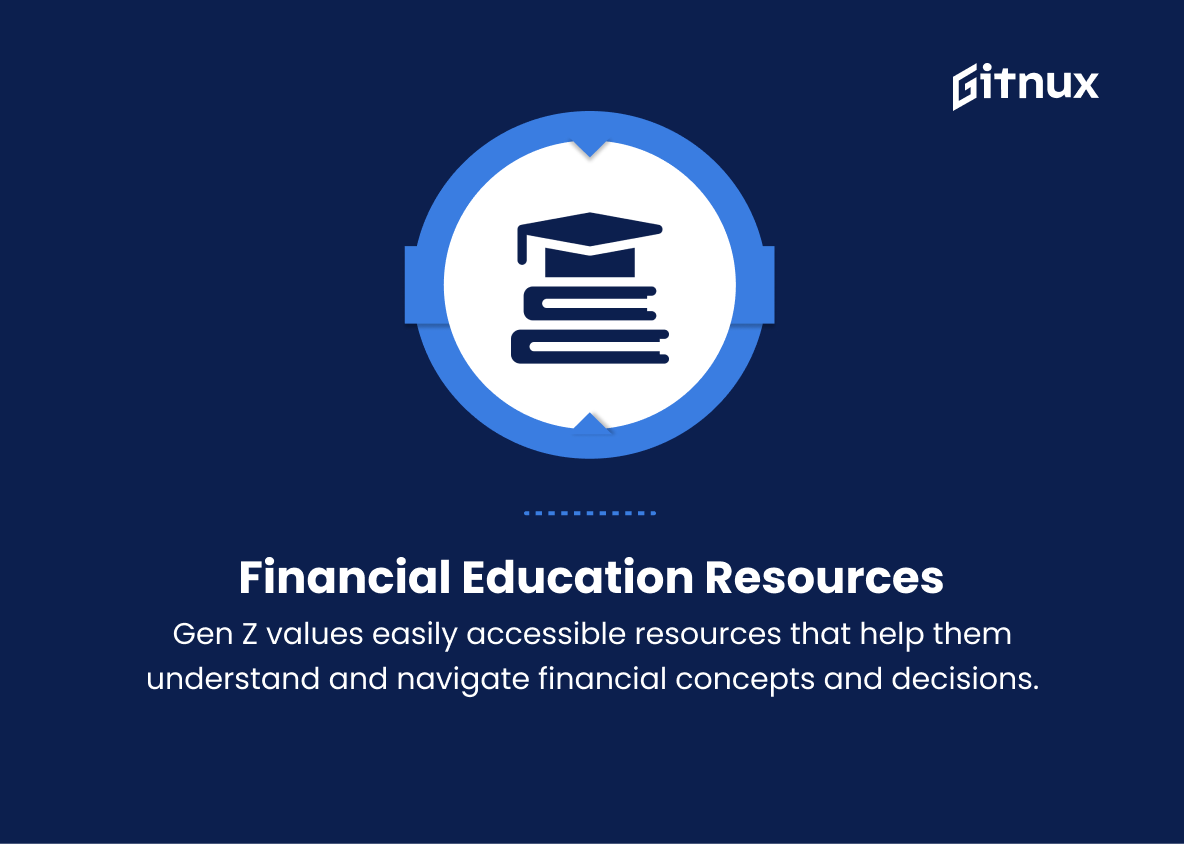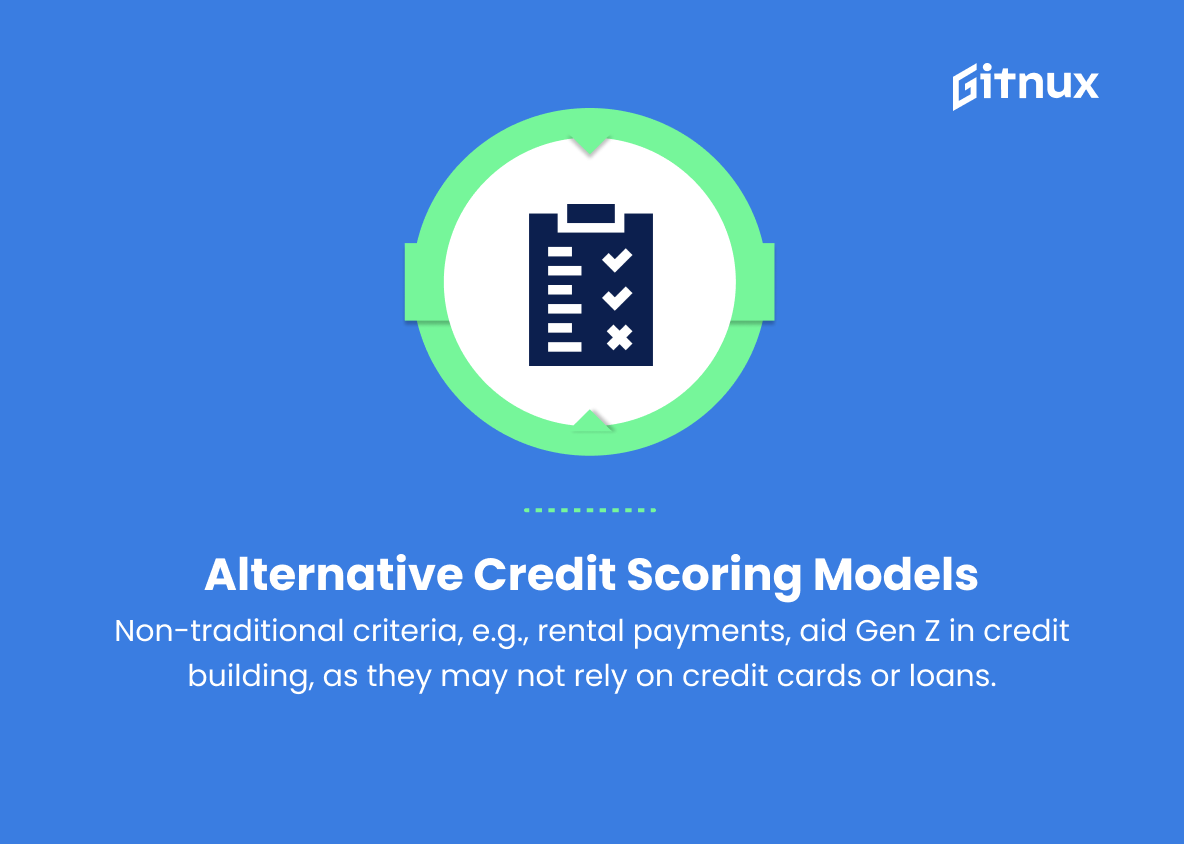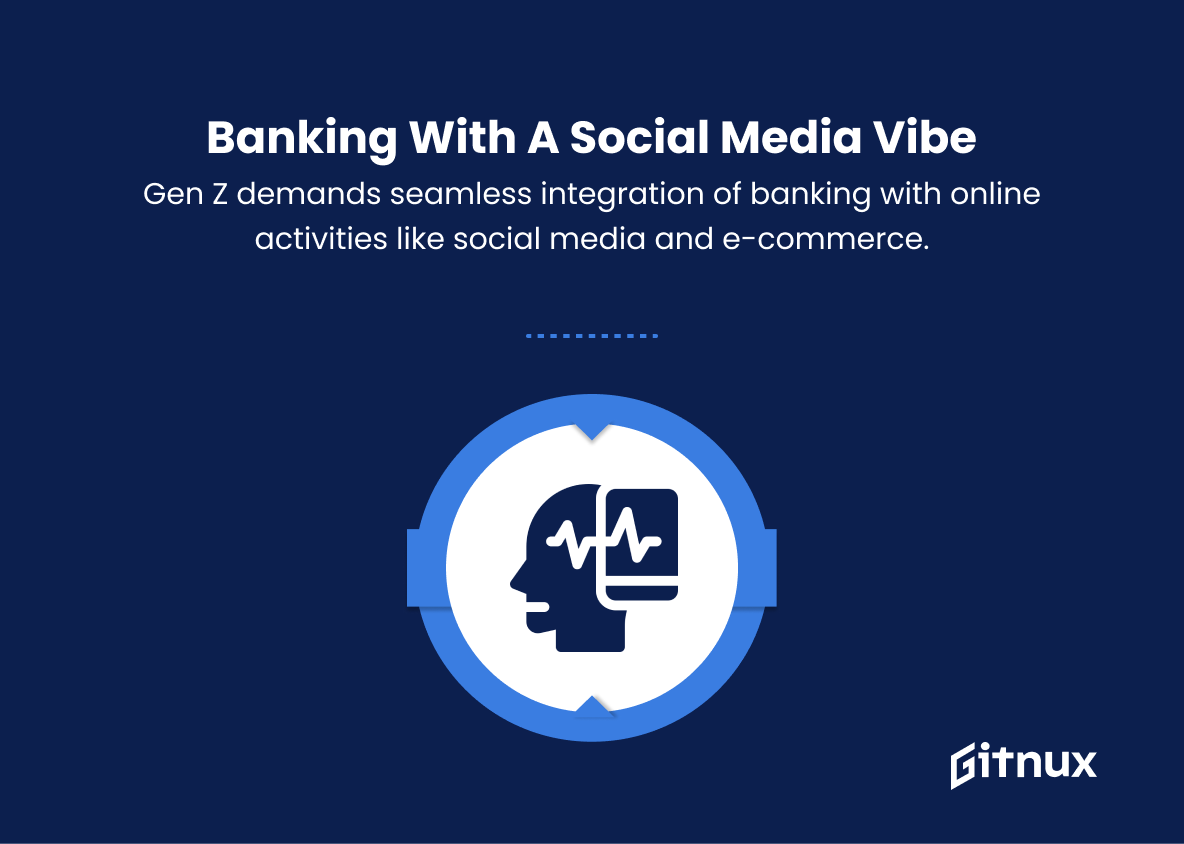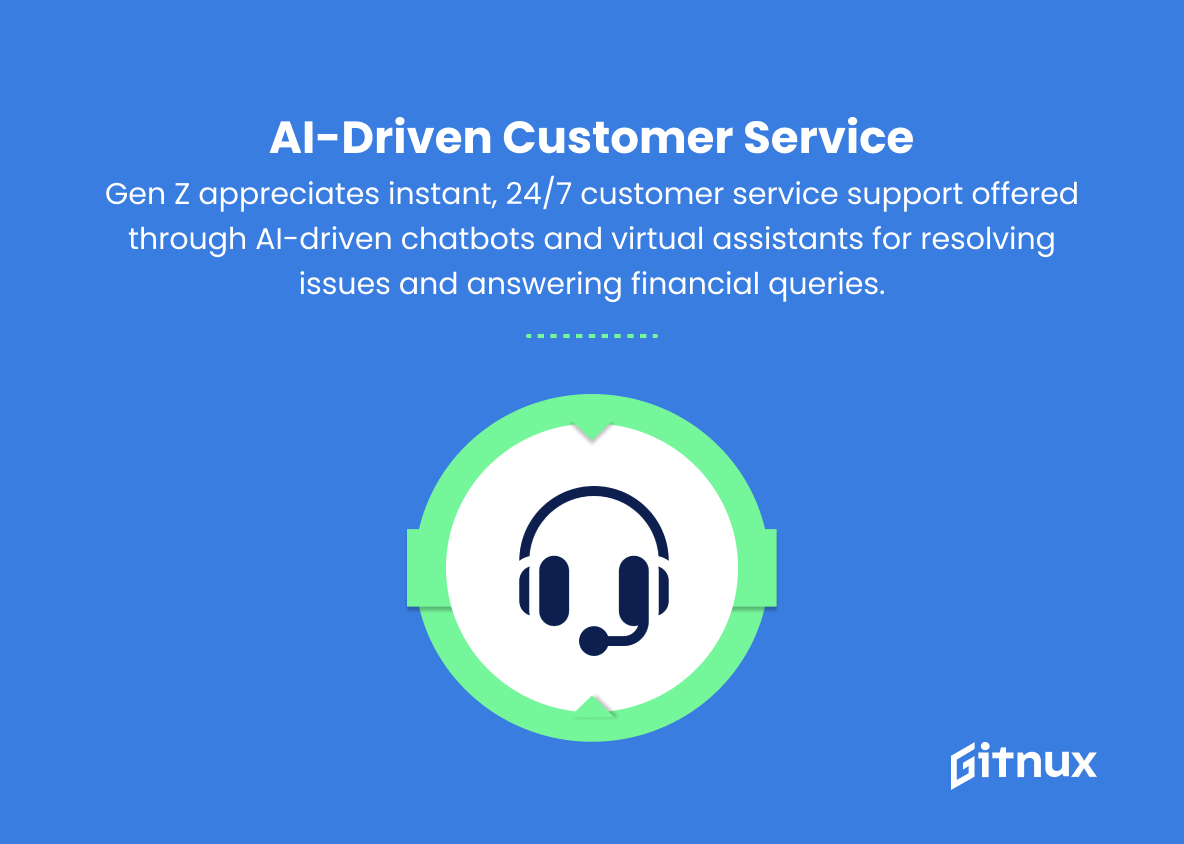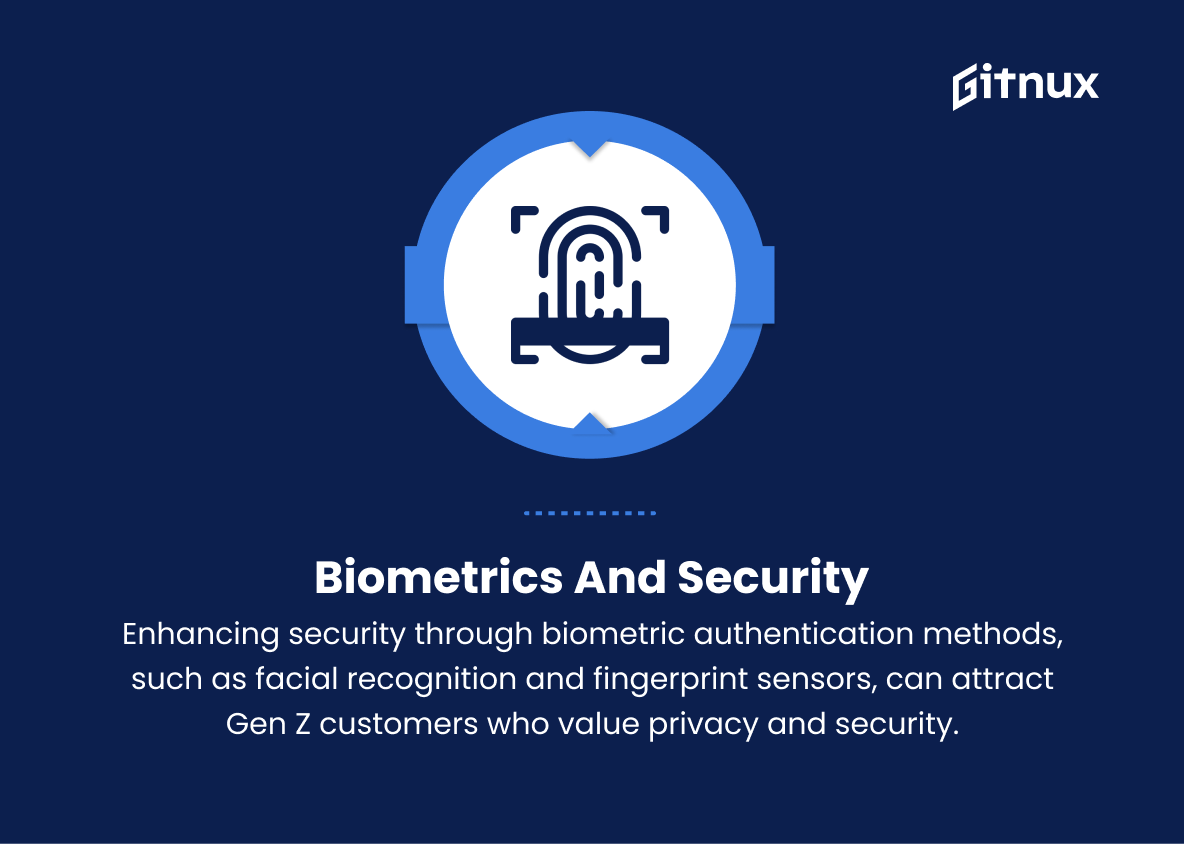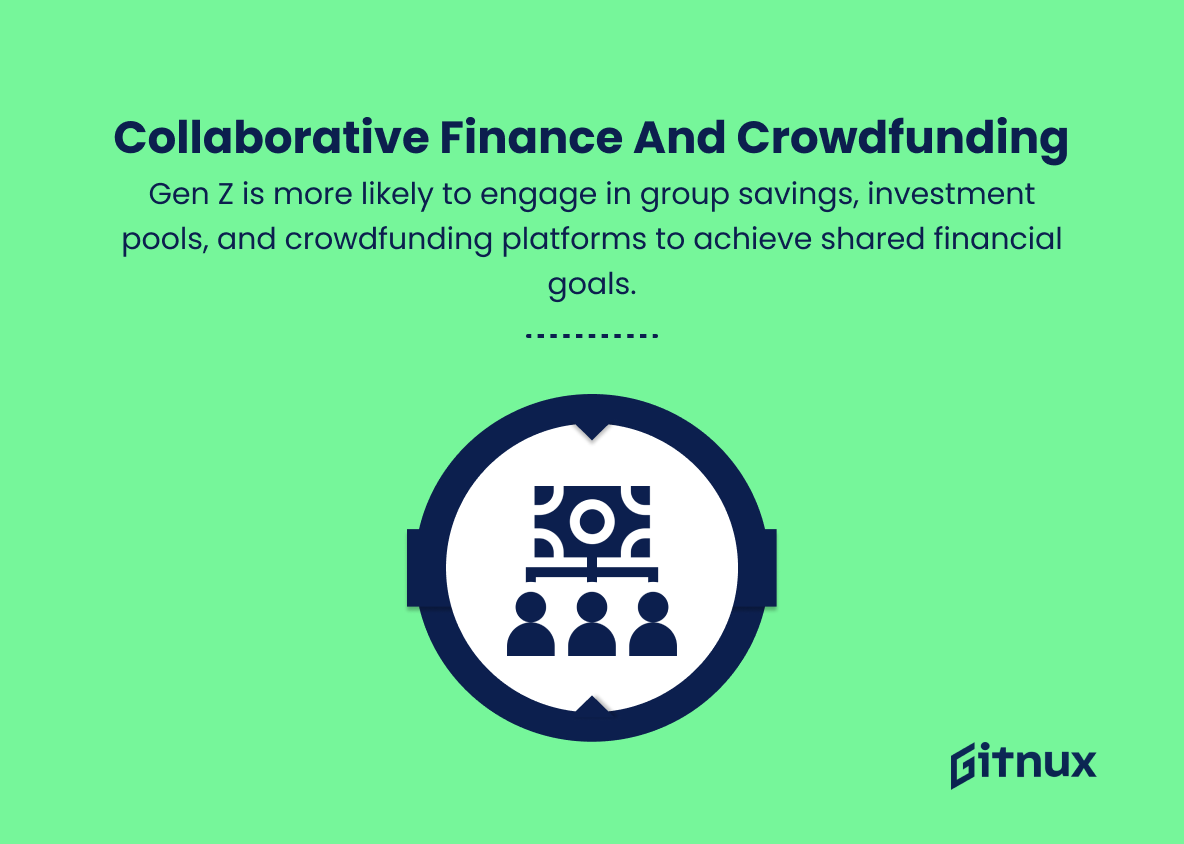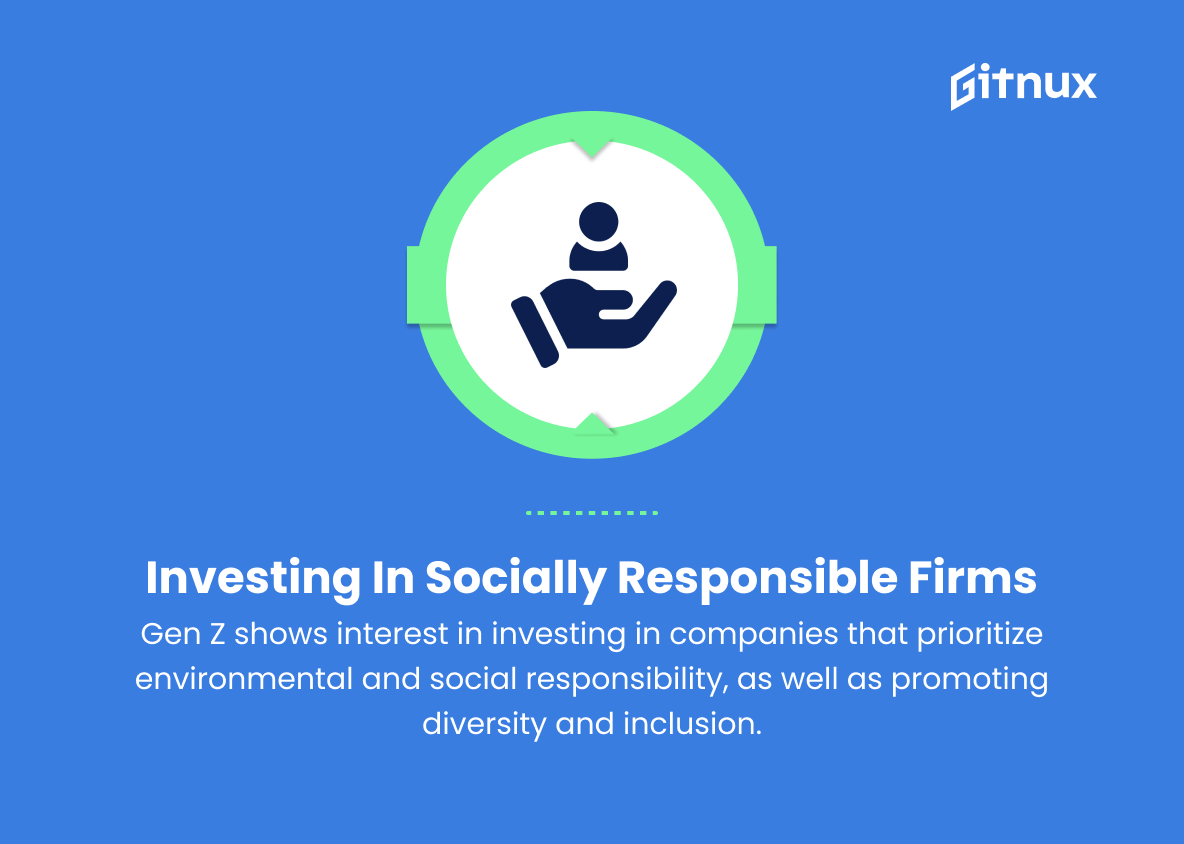In an era defined by rapid technological advancements and shifts in societal values, the banking industry has witnessed an undeniable change in the way it operates, caters to its customers, and stays relevant. As Generation Z – the true digital natives – enter the financial realm with unique priorities and preferences, traditional banking models need to adapt and adopt new strategies to thrive in this evolving market.
In this blog post, we delve deep into the major Gen Z banking trends, exploring how they are driving transformation within the industry, while sharing insights on how financial institutions can better serve and connect with this dynamic and diverse generation.
Top Gen Z Banking Trends
1. Digital-first banking
Gen Z prefers banking through mobile apps and online platforms rather than visiting physical branches, resulting in the emergence of more digital banks and fintech providers.
2. Cryptocurrency adoption
This generation exhibits a growing interest in digital currencies like Bitcoin, Ethereum, and other altcoins, and are more likely to adopt crypto-based banking and investment services.
3. Peer-to-peer (P2P) payments
Gen Z embraces P2P payment platforms such as Venmo, Cash App, and Zelle, for quick and easy transactions with friends, family, and service providers.
4. Personal finance management apps
Budgeting and personal finance apps like Mint, YNAB, and Every Dollar help Gen Z track spending, monitor savings goals, and manage their money more effectively.
5. Gamification of finance
Integrating game-like elements and rewards into personal finance apps and services can make it more engaging for Gen Z to take control of their financial lives.
6. Sustainable and ethical banking
Environmentally conscious and socially responsible causes appeal to Gen Z, resulting in increased demand for banks and financial institutions to align with sustainable and ethical practices.
7. Financial education resources
Gen Z values easily accessible resources that help them understand and navigate financial concepts and decisions.
8. Customization and personalization
Tailored financial products and services based on individual needs and preferences are a trend that can attract Gen Z customers.
9. Alternative credit scoring models
Recognition of non-traditional criteria like rental payments or utility bills can help Gen Z build credit, as they may not rely on traditional credit-building methods like credit cards and loans.
10. Banking with a social media-like experience
As digital natives, Gen Z expects seamless integration between their banking experiences and other online activities, such as social media, e-commerce, and instant messaging.
11. Subscription-based banking services
This generation is familiar with subscription models in various industries and may show a preference for banking systems that charge flat fees for bundled services and features.
12. AI-driven customer service
Gen Z appreciates instant, 24/7 customer service support offered through AI-driven chatbots and virtual assistants for resolving issues and answering financial queries.
13. Biometrics and security
Enhancing security through biometric authentication methods, such as facial recognition and fingerprint sensors, can attract Gen Z customers who value privacy and security.
14. Collaborative finance and crowdfunding
Gen Z is more likely to engage in group savings, investment pools, and crowdfunding platforms to achieve shared financial goals.
15. Investment in socially responsible companies
Gen Z shows interest in investing in companies that prioritize environmental and social responsibility, as well as promoting diversity and inclusion.
Implications
Gen Z banking trends indicate a shift toward digital-first solutions, with a focus on sustainability, personalization, and seamless integration into everyday life. Gen Z’s preference for digital platforms will drive the rise of digital banks and fintech providers, offering mobile-based banking and alternative financial services. They will likely embrace cryptocurrencies, peer-to-peer payments, and AI-driven customer service, along with a focus on biometric security measures.
Personal finance management apps and gamification of finance will increase engagement, while accessible financial education and alternative credit scoring models reflect their desire for inclusivity. Gen Z also emphasizes sustainable and ethical banking practices and socially responsible investments. Customization, subscription-based services, and collaborative finance models show their desire for tailored solutions.
Ultimately, Gen Z’s banking trends reshape the financial landscape, pushing traditional banking models to adapt to a tech-savvy, socially responsible, and connected generation.
Conclusion
In summary, Gen Z banking trends reflect a continuously changing and evolving financial landscape, driven by technological advancements and the unique preferences of this digitally native generation. Traditional banking practices are being disrupted, and financial institutions need to adapt their strategies to cater to new market demands.
Gen Z’s desire for convenience, efficiency, personalization, and usability presents an opportunity for banks to capitalize on their potential as future customers and shape the future of banking. As new financial technologies and innovations emerge, Gen Z is at the forefront, challenging the status quo and redefining modern banking.
